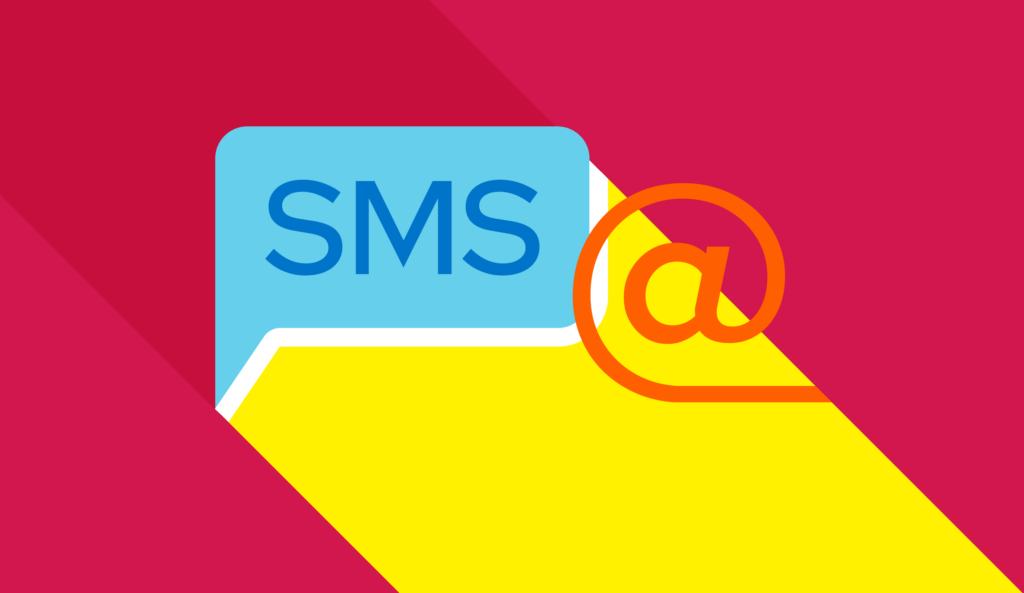How to Use SMS and Email to Drive App User Engagement

Anthony Saia Director, Product

Share to my network
In this article
Categories
Book a meeting
Connect with our team of experts to discuss your conversion and loyalty goals, and how we can help you achieve them faster.
Book a meetingAs a marketer, you know that building and engaging your app customer base is crucial to the success of your app. But how can you do this more effectively? While the go-to channel for app engagement is often push notifications, SMS and email offer unique advantages that can help you grow your audience and drive incremental engagement. In this blog post, we’ll explore why SMS and email are critical components in any mobile marketer’s toolkit.
SMS — The Broadest Mobile Touchpoint For Customers Today
SMS is an extremely familiar and convenient method of communication for consumers on mobile devices. The ability of SMS to deliver value quickly and concisely to anyone with a phone has made it a preferred channel for highly visible communication with customers who have not yet downloaded the brand’s app or opted in to receive push notifications.
SMS, like other channels, can add a personal touch to customer experiences, which goes a long way toward growing customer loyalty. Personalized text messages deliver greater value than non-personalized messages and since SMS is delivered to customers’ most personal screens, personalization is even more important. Studies show 71% of consumers expect brands to deliver personalized interactions and 67% get frustrated when this doesn’t happen. In retail, physical stores are able to meet consumer expectations and provide a more personalized buying experience through SMS updates on coupons, discounts and loyalty programs.
High open rates: Text messages have extremely high open rates since they’re short and to the point, and highly visible, which makes them ideal for delivering important information quickly and efficiently. Studies show that over 90% of SMS messages are opened and read within a few minutes of receipt.
Wide reach: Text is the universal inbox that comes preinstalled on every mobile device on the planet, not just smartphones. This means you can communicate with a massive audience, regardless of location or device type. No extra apps to download, and it works on every phone.
Instant delivery: Transactional and one-to-one text messages are delivered almost instantly, making them ideal for time-sensitive information. This means your messages are read quickly, ensuring that your audience is gaining instant value.
Email — Marketing’s Versatile Workhorse
Email is one of the most tried-and-tested channels of communication with customers. While push notifications can be effective, the amount of content they can deliver is limited. Email, on the other hand, provides you with more creative liberty to deliver rich and expansive content to a hyper-targeted audience.
Versatile: The main advantage of email is versatility. You can use it to deliver newsletters, offer exclusive deals or provide updates on new features, with plenty of space left over for embedding images, videos and other creative content.
Wide reach: Similar to text messaging, email allows you to communicate with customers through their own preferred email client. With more than half of the world using email, it’s a familiar and trusted communication channel. Airship’s 2023 global consumer survey found that email address continues to be the top personal information customers will share with brands for special incentives and personalized interactions.
Turnkey: Sending is as simple as configuring your domain DNS records to point to an ESP (email service provider). By using email automation tools, you can set up targeted campaigns that deliver the right message to the right person at the right time. For example, you could send a transactional welcome email to new app users, an email highlighting new features to existing users, or a commercial email with a special offer to customers who haven’t used your app in a while, driving them back into the app experience.
6 ways to Use SMS and Email to Drive App User Engagement
Now that you understand the power of SMS and email, let’s explore some ways to use them to drive app engagement and grow your customer base.
- Send personalized messages: For customers who have opted in to receive texts or emails from your brand, use behavior and engagement data that you’ve collected to send personalized messages that are relevant and engaging, with calls-to-action that drive them back into the app experience.
- Provide valuable content: Use texts and emails to provide valuable content to your app customers, such as tips and tricks, news or exclusive offers. Smaller bite-sized pieces of information are more suitable for a text message, while longer form content with embedded creative is more suitable for email.
- Offer incentives: Use SMS and email to offer incentives to your app customers, such as discounts or promotions; or to encourage customers to opt in to other channels so they’ll have more ways to stay engaged.
- Use automation: Use email automation tools to set up targeted campaigns that reach customers in the context of their behaviors and preferences. Targeted campaigns can be triggered based on events and interactions both inside and outside the app.
- Build a strong relationship: Use SMS and email to build a strong relationship with your customers by providing smart two-way messaging to orchestrate interactions, provide assistance and increase conversions.
- Test and optimize: Perform A/B tests across different segments and quickly validate the effectiveness of your messaging to net greater ROI.
Summary
SMS and email are critical to app user engagement. By leveraging these powerful communication channels, you can deliver personalized and targeted messages, build stronger connections with your customers and drive more engagement within your app. So, if you’re not already using SMS and email in your app engagement strategy, what are you waiting for?